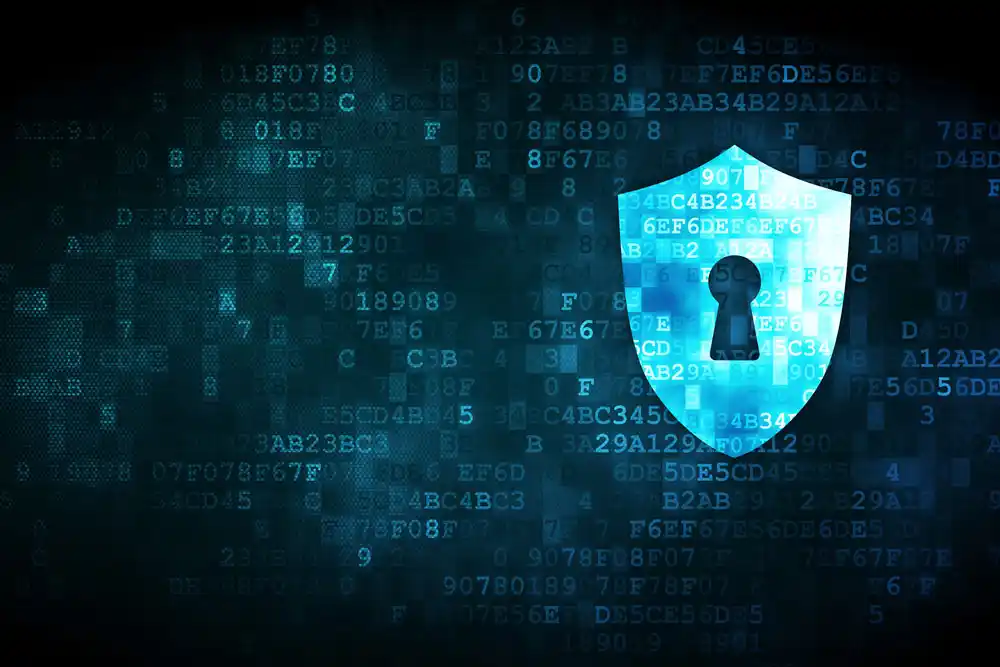
Cyberattacks are becoming more sophisticated, and businesses are primary targets for hackers. In 2024 alone, cybercrime cost the global economy over $10.5 trillion, a figure expected to rise in 2025. With ransomware attacks up by 67% year-over-year, businesses of all sizes must stay vigilant.
This guide will help you identify if your business has been hacked, share real-world case studies of past cyberattacks, and provide actionable steps to safeguard your company in 2025.
Signs That Your Business Has Been Hacked
1. Unusual Network Activity
If your company’s network experiences unexpected spikes in data traffic, slow performance, or connections to unknown locations, it could indicate unauthorized access. Malware or hackers inside your system may be exfiltrating data or deploying a cyberattack.
Case Study: SolarWinds Hack (2020-2021)
A nation-state cyberattack targeted the SolarWinds Orion software, compromising 18,000 businesses and government agencies. Attackers infiltrated networks undetected for months before being discovered.
💡 How to Stay Safe:
- Use Intrusion Detection Systems (IDS) to monitor network activity.
- Implement firewall rules to restrict external connections.
- Regularly audit network traffic logs for suspicious patterns.
2. Unauthorized Access to Business Accounts
If employees report being locked out of their accounts, or you notice login attempts from unfamiliar locations, your business could be compromised.
Case Study: Uber Data Breach (2022)
A teen hacker gained access to Uber’s internal systems via an employee’s compromised password, exposing customer and financial data.
💡 How to Stay Safe:
- Use Multi-Factor Authentication (MFA) on all accounts.
- Require strong password policies and regular updates.
- Implement zero-trust security models that restrict access.
3. Unusual System Behavior or Slow Performance
If your business computers suddenly crash frequently, slow down, or show pop-ups, your system could be infected with malware, spyware, or ransomware.
Case Study: Colonial Pipeline Ransomware Attack (2021)
A ransomware attack crippled the largest fuel pipeline in the U.S., forcing the company to pay a $4.4 million ransom to regain control.
💡 How to Stay Safe:
- Install Endpoint Detection and Response (EDR) solutions.
- Keep operating systems and software up-to-date.
- Use AI-driven security tools to detect malware in real time.
4. Ransomware Messages or Encrypted Files
If files are suddenly encrypted and inaccessible, and you receive a ransom demand, your business is under attack.
Case Study: Kaseya Ransomware Attack (2021)
Cybercriminals targeted over 1,500 businesses using Kaseya’s software, demanding $70 million in ransom.
💡 How to Stay Safe:
- Backup critical business data regularly.
- Train employees to recognize phishing emails (a common entry point).
- Use Next-Gen Antivirus (NGAV) to prevent ransomware infections.
5. Unexplained Financial Transactions or Fraudulent Activity
If your company experiences unauthorized transactions, unusual billing requests, or payroll issues, it could indicate a financial cyberattack.
Case Study: Sony Pictures Cyberattack (2014)
Hackers stole and leaked confidential data, causing financial and reputational damage after gaining access to internal networks.
💡 How to Stay Safe:
- Set up automated alerts for unusual transactions.
- Limit financial system access to authorized employees only.
- Conduct regular cybersecurity audits on financial software.
6. Employees Receiving Phishing Emails
A sudden increase in phishing emails, fake invoices, or messages requesting sensitive information could mean your business is being targeted.
Case Study: Google & Facebook Phishing Scam (2013-2015)
Hackers tricked employees into sending over $100 million by using fake invoices that mimicked real vendors.
💡 How to Stay Safe:
- Implement email filtering and anti-phishing solutions.
- Train employees with cybersecurity awareness programs.
- Verify financial requests via phone calls, not just email.
How to Protect Your Business from Cyber Threats in 2025
✅ Implement a Zero-Trust Security Model
- Require identity verification for every access request.
- Restrict privileged access to only necessary users.
✅ Enhance Endpoint Security
- Deploy AI-powered threat detection tools.
- Keep devices and software updated to prevent vulnerabilities.
✅ Invest in Cybersecurity Training
- Conduct regular phishing simulations.
- Educate employees on password hygiene and social engineering tactics.
✅ Use Managed Security Services (MSSP)
- Partner with a cybersecurity firm to monitor threats 24/7.
- Get immediate response to cyber incidents.
Need Help Protecting Your Business?
If you suspect your business has been hacked or want to fortify your cybersecurity defenses, Davethan Technologies Cybersecurity Services can help.
✅ 24/7 Threat Monitoring & Incident Response
✅ Penetration Testing & Risk Assessments
✅ Cybersecurity Awareness Training
✅ Advanced AI-Driven Security Solutions
📞 Contact Davethan Technologies today to secure your business in 2025. Don’t wait until it’s too late!

